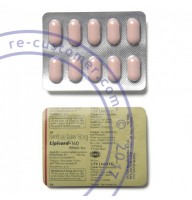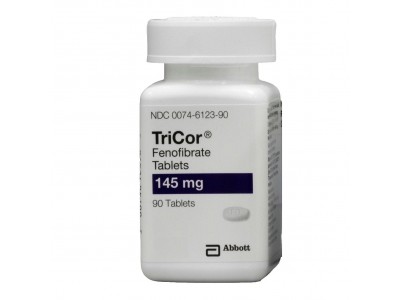Fenofibrate, while effective in managing high cholesterol and triglyceride levels, can cause a range of side effects. Common side effects include gastrointestinal issues such as stomach pain, nausea, constipation, and diarrhea. Some patients may also experience headaches, back pain, or respiratory symptoms like a runny or stuffy nose. These side effects are usually mild and tend to diminish as the body adjusts to the medication.
More serious side effects, though less common, can occur and require immediate medical attention. These include symptoms of liver dysfunction, such as jaundice (yellowing of the skin or eyes), dark urine, severe stomach pain, or persistent nausea and vomiting. Fenofibrate can also cause muscle-related issues, including myopathy (muscle pain, tenderness, or weakness) and, in rare cases, rhabdomyolysis, a serious condition characterized by the breakdown of muscle tissue leading to kidney damage. Signs of rhabdomyolysis include severe muscle pain, weakness, and dark-colored urine.
Additionally, fenofibrate can affect kidney function, so it is important to monitor for symptoms such as changes in the amount of urine produced. Other rare but serious side effects include pancreatitis (inflammation of the pancreas), manifested by severe abdominal pain, fever, and rapid heartbeat, and hypersensitivity reactions like rash, itching, or swelling, particularly of the face, tongue, or throat, which can indicate an allergic reaction.
Patients taking fenofibrate should undergo regular blood tests to monitor liver and kidney function and lipid levels to ensure the medication is working effectively and to detect any adverse effects early. It is crucial to inform healthcare providers of any unusual or severe symptoms and to follow their guidance on managing side effects. Adjusting the dosage or switching medications may be necessary if side effects are significant or persistent.

